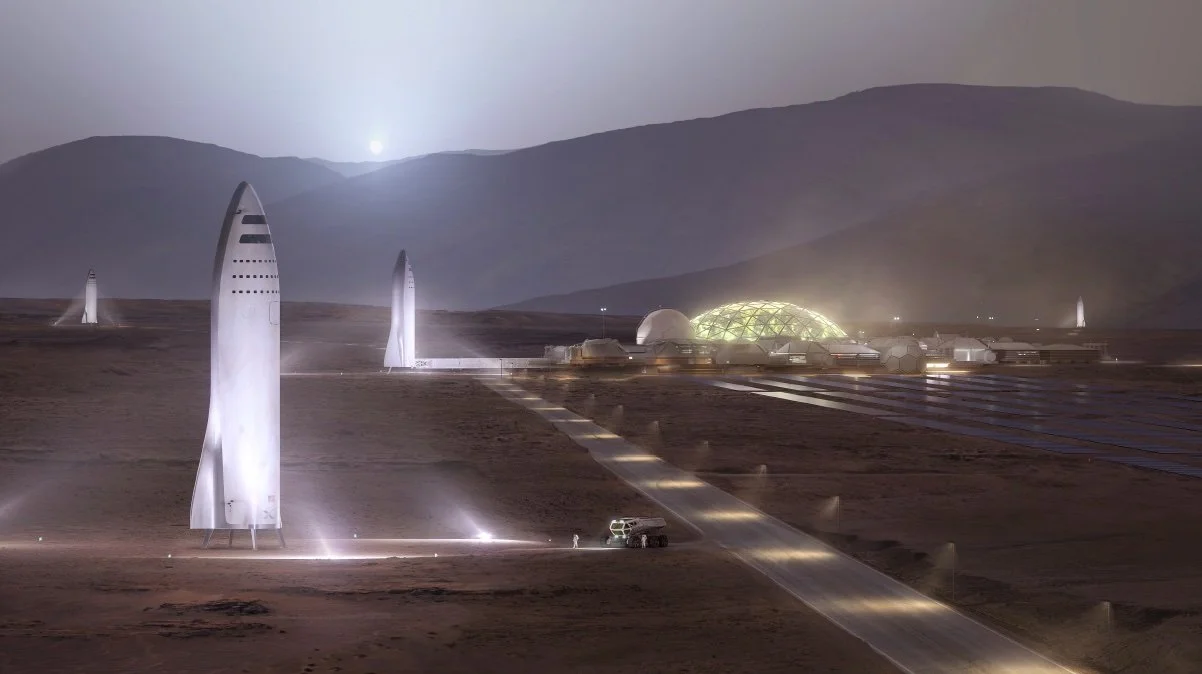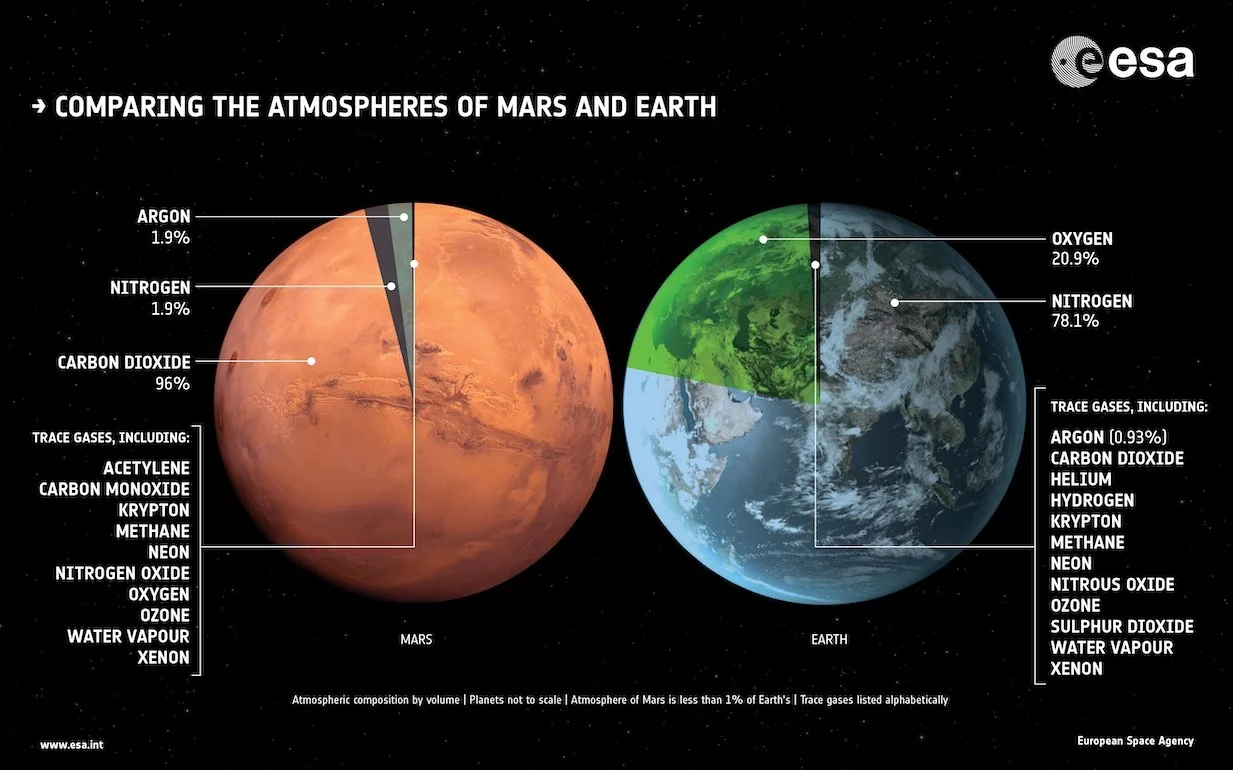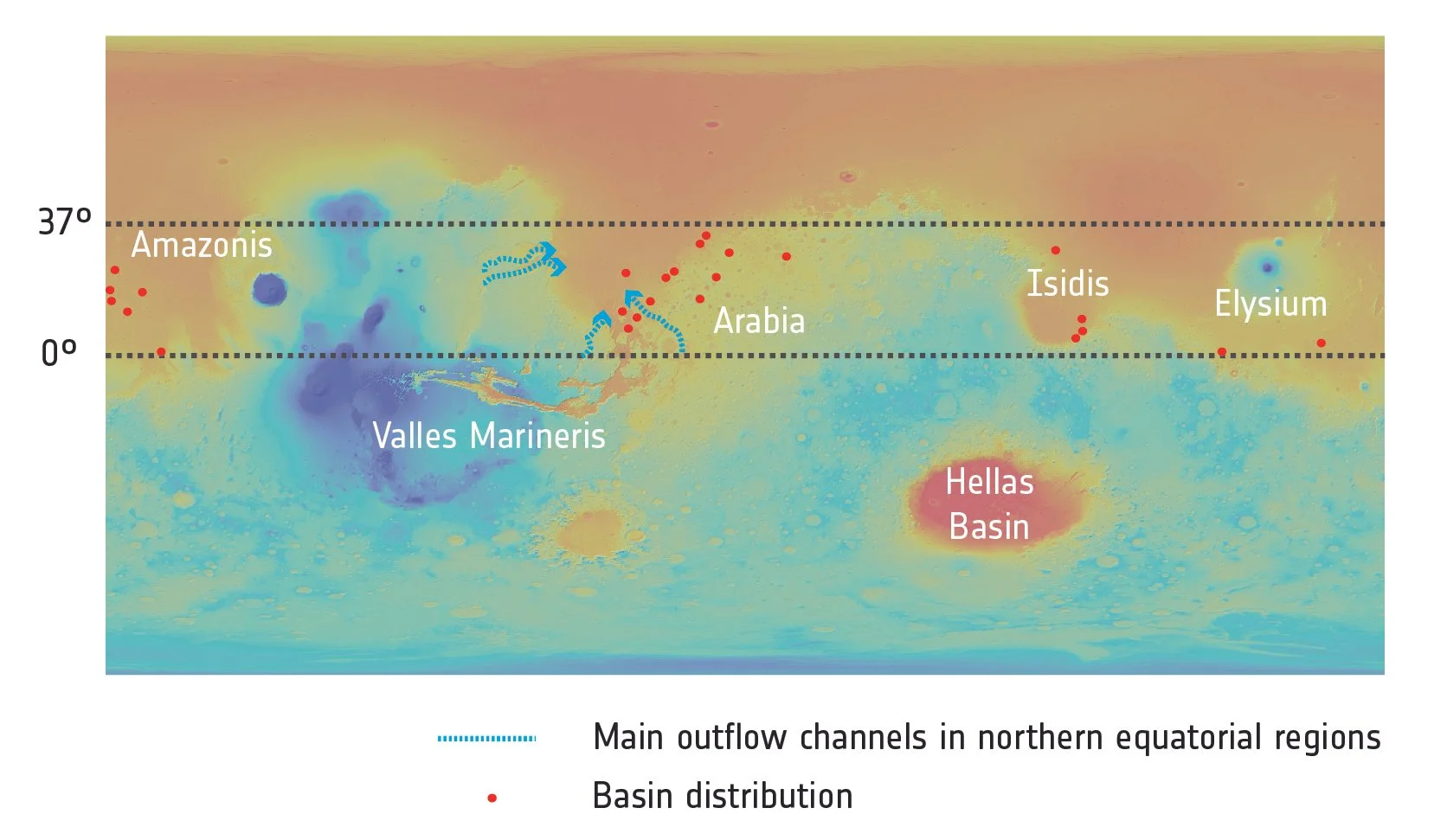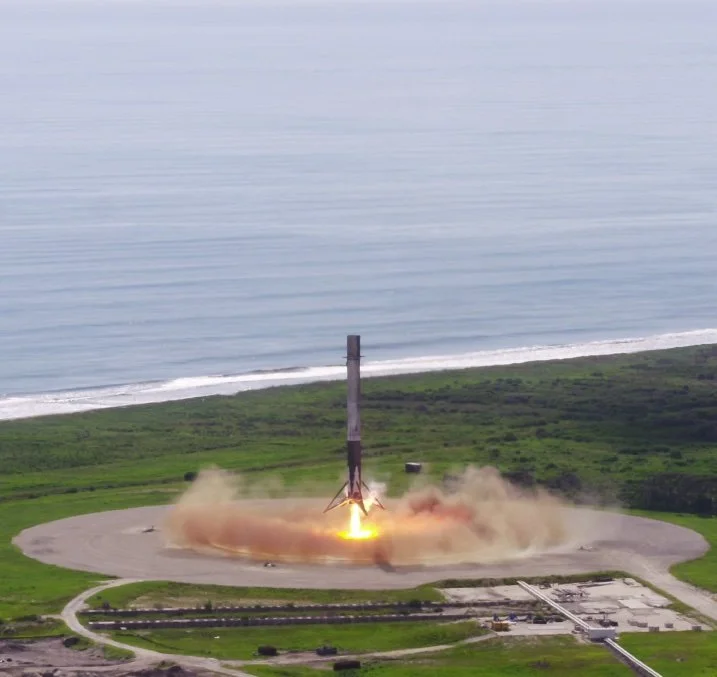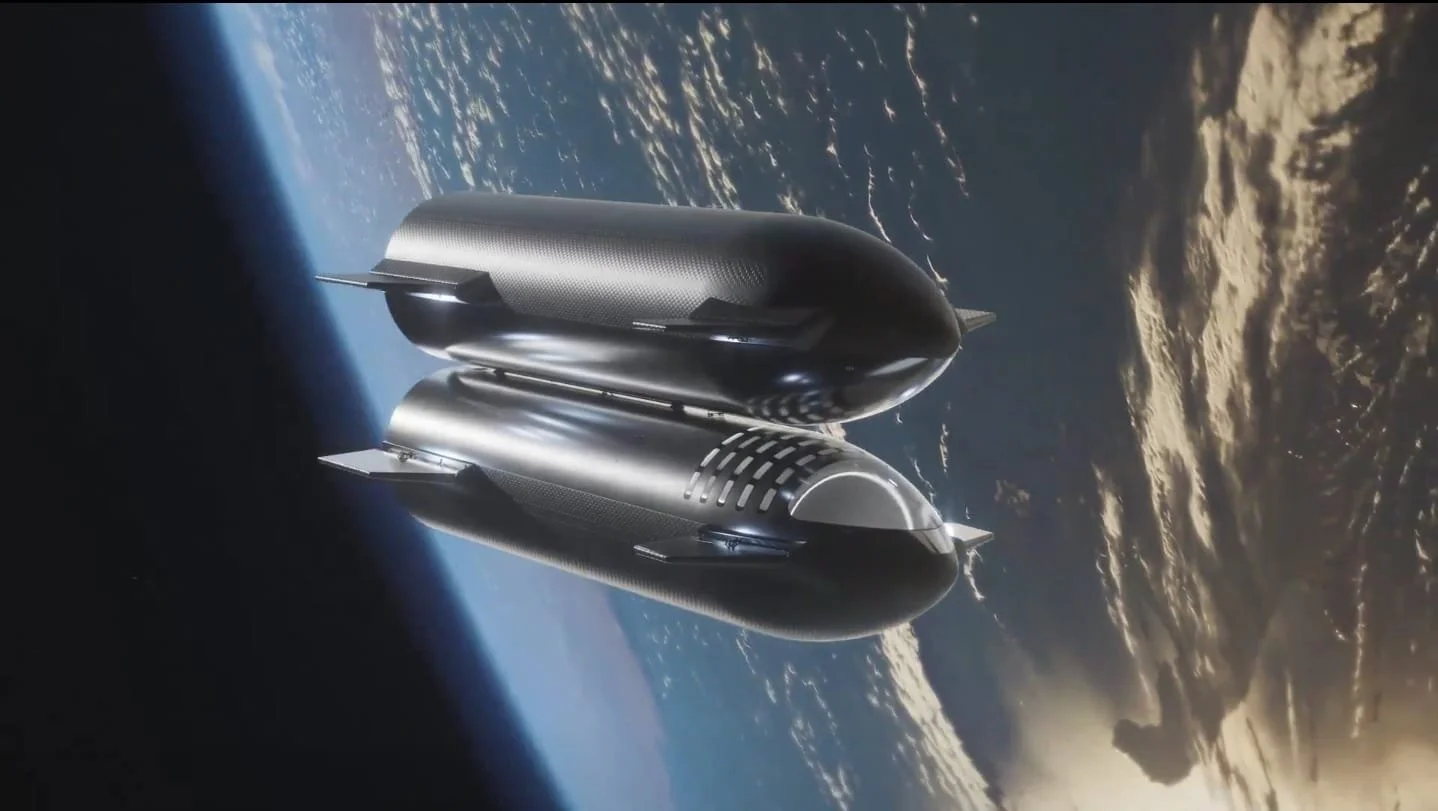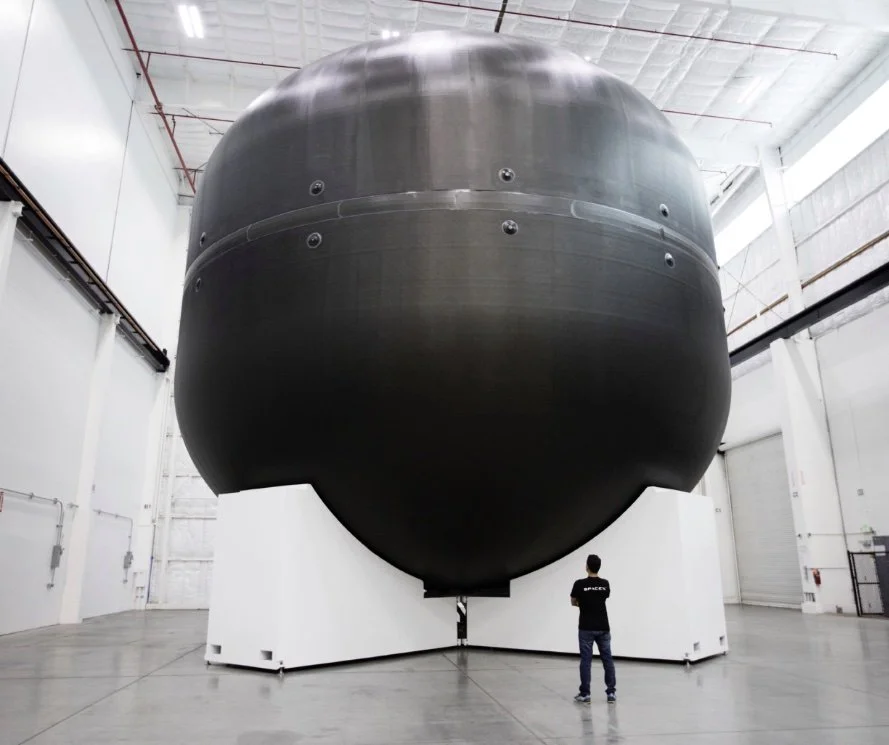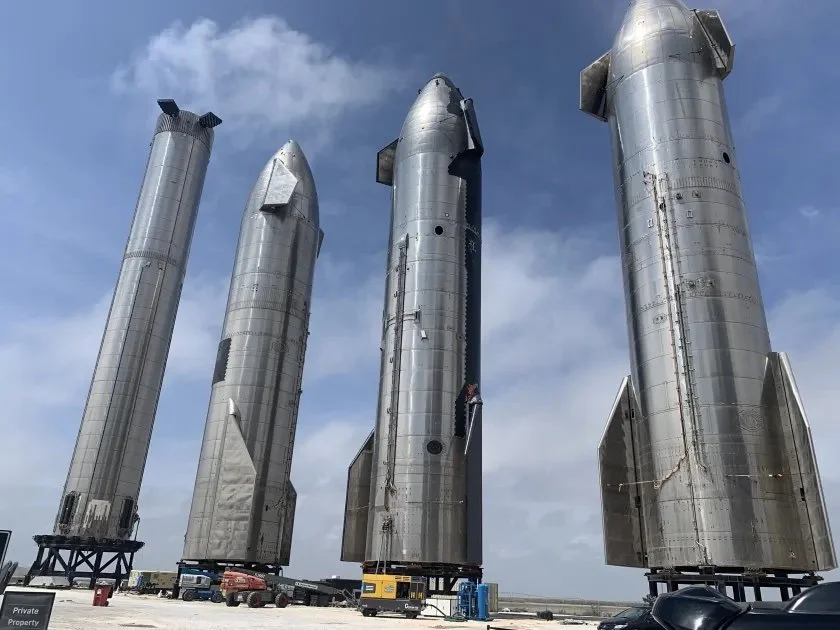SpaceX’s Human flight program and its goal to make humanity multiplanetary
SpaceX is putting together the building blocks to make humanity multiplanetary. From the beginning, SpaceX has set its mind on getting humans to Mars, and its many current projects and successes prove it is getting closer to this goal.
Image Credit -IAC [2017]Why Mars?
Compared to other planets in our solar system, Mars seems to be the best option to establish a colony that provides the learning ground for a multi-planetary civilization and a base from where we can explore other planets and moons in our solar system. For starters, Mars has a size close to that of Earth, a thin atmosphere, and the resources needed to make all this work.
Its Carbon Dioxide atmosphere not only can be converted into fuel but also will be absorbed by plants that will provide food and oxygen. Mars also has water ice on its poles, and according to scientific studies, there is geological evidence of a-wide groundwater system on the planet.
Image Credit -NASALower cost and people
SpaceX founder, Elon Musk, spoke in 2017 at the 68th International Astronautical Congress in Adelaide, Australia, about the options to become multiplanetary, the key elements for such a project, and the ongoing work to reach this goal.
Beyond selecting the right place, there are two other important considerations to make a project like this possible, these are cost and people.
Why cost? Well, up to now space exploration has been conducted only at the government or institutional level. Governments have spent billions sending probes to Mars for scientific studies. In 2017, using these same programs as the yardstick, a trip to Mars would cost about 10 billion per person, making it impossible to think about sending but just a few people to the red planet.
The key elements
In his presentation, Musk described a plan that would reduce this cost by 4.5 orders of magnitude, making it affordable for everybody wanting to go and be part of this era of space exploration. Up to now, SpaceX has achieved critical steps toward this goal, and every day seems to be getting even closer.
Musk not only talks about his plans but rather states that cost reduction for our solar system exploration and a Mars colony can be accomplished by any design that can be developed with four pivotal elements:
1) Full reusability
2) Refilling in orbit
3) Propellant production on Mars
4) Right propellant
Image Credit -SpaceXFull reusability
The full reusability of its rockets does not need any explanation. SpaceX success with reusability has the potential to reduce costs by a factor of 2 to 2.5, with the rest of the pivotal elements amounting to another 2.
Image Credit -SpaceXRefilling in orbit
Refilling in orbit can be accomplished with 3 to 5 refiling trips that autonomously dock with the main transporter to transfer the needed fuel. This has two advantages: it avoids the increased cost and complexity of building and launching larger vehicles. It also reduces the susceptibility of the system to a shortfall in the performance of any of the rockets or the tanker. If these didn’t perform as expected, it is possible to make up for it by having two or more extra refilling trips.
Image Credit -SpaceXPropellant production on Mars
The third element, producing propellant on Mars, will allow for the reusability of the spaceship and prevent the possibility to create a massive graveyard of these vehicles on Mars.
To optimize the cost to produce fuel on Mars, SpaceX thought seriously about the right propellant to use. Kerosene, used by some rockets, would be difficult to make on Mars. Hydrogen, used by NASA’s Space Shuttle, has a high specific impulse (i.e., producing the most push for the amount of fuel used) but has a high energy cost to produce and store. It is also difficult to keep from boiling off when exposed to a source of heat, requiring tremendous insulation. SpaceX set its focus on Methane, which has many advantages for a Mars mission.
The Right Propellant
Mars has a CO2 atmosphere and frozen water ice caps on its poles. Using the Sabatier reaction, these two elements can be easily combined to produce the needed CH4 (methane). The propellant, however, is not only methane but rather Deep-Cryo Methalox, which requires Oxygen. A rather simple electric process known as electrolysis can be used on Mars to liquefy the needed oxygen from the CO2 in the atmosphere.
The energy source to make all this happen will be a large field of solar panels. To learn more about how this fuel can be produced on Mars, watch the YouTube video from “Real Engineering.”
Making the fuel to refill the spaceship and store it in a propellant depot on Mars requires only 50-60% of the energy to produce. This depot will store the liquid Oxygen and Methane in giant tanks with a volume of thousand cubic meters.
SpaceX revealed their new large tanks developed using a carbon fiber matrix which in 2017. These are much stronger and more capable at cryogenic temperatures than anything built before. SpaceX completed a critical test of this tank in 2018; however, the considerable cost of the material and construction of these tanks might move SpaceX in a different direction. SpaceX started using stainless steel for its spaceships and rocket tanks in 2019. This change might or might not affect the future of carbon fiber for the storage tanks on Mars.
Image Credit -SpaceXThe Power of Starship
SpaceX also developed the engine for the Mars spaceship. The Raptor engines are extremely efficient and probably will be the highest thrust-to-weight engine ever produced. These will also allow the needed 40 seconds firing to land on Mars. The Raptor engines have been tested already and soon will go in their first real test by taking the Starship rocket to space during its first orbital test.
Image Credit -SpaceXSelf-Sustaining Base on Mars
So how long will take to have a self-sustaining base on Mars? SpaceX has an ambitious but well-thought strategy to accomplish this. The initial step will require sending, as soon as possible, a large Mars colonial fleet of 1000+ Starships that will depart on-mass towards the red planet.
The actual trip will take only about 80 to 115 days, but fueling such a large fleet will require a long time, with tens of thousands of refilling operations – about 3-5 per spaceship. Depending on when SpaceX starts to get everything together, that would require many launches per day. Reusability of the boosters simplifies the process allowing for constant returning and flying back carrying rockets loaded with fuel. Once in orbit, these will rendezvous and dock with the main transporter and transfer the propellant.
Image Credit -SpaceXFrequency of Flights to Mars
SpaceX knows that making this possible, also requires building a very large fleet of spaceships. Since the trips to and from Mars would be possible only every 26 months, when the alignment of the planets allows for the fastest trip, it will not be able to reuse the transporter ships as much as its boosters. Having a self-sustaining civilization on Mars will require about 1 million people. Sending people at a rate of 100 people per ship and a fleet of 100 – 500 spaceships every 2.2 years will take about 40-100 years. During that period of time, each transporter might only be used a few times.
Regardless, reusability is critical and something we already know is possible. SpaceX demonstrated this capability first in 2014, and with its current 154 total combined re-flights of first stages and boosters, has proven it can do it quite successfully.
Rendezvous and docking without a pilot were proven during Dragon capsule trips to the space station – a capability critical for orbital refueling. SpaceX keeps working hard toward its next challenge, which is to conduct its first orbital test flight. Something we have been anxiously waiting for and which should happen soon.
Image Credit -SpaceXReferences:
[1] “Making Humans a Multiplanetary Species”, presentation https://youtu.be/H7Uyfqi_TE8
[2] “Geological evidence of planet-wide groundwater system on Mars” by Salese, F., Pondrelli, M., Neeseman, A., Schmidt, G., and Ori, G. G. is published in Journal of Geophysical Research – Planets. doi: 10.1029/2018JE005802.
[3]https://www.esa.int/ESA_Multimedia/Images/2018/04/Comparing_the_atmospheres_of_Mars_and_Earth
